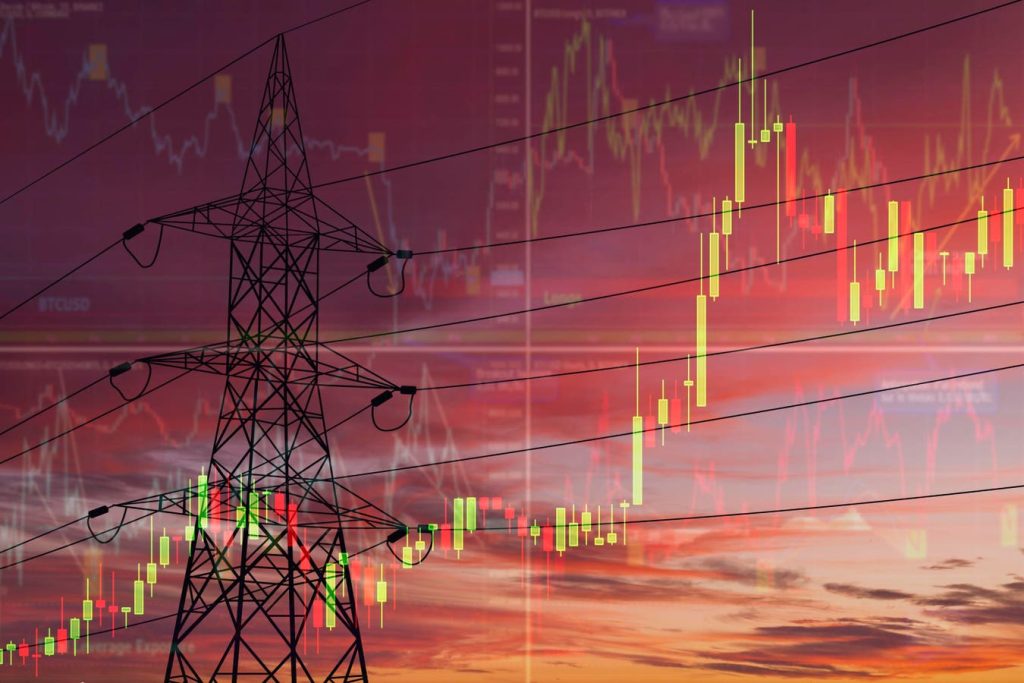Over the past four decades, the United States has witnessed a significant escalation in energy costs, an evolution that has rippled across households and industries alike. This increase can be attributed to a constellation of factors, including geopolitical tensions, infrastructure challenges, environmental regulations, and the shifting dynamics of global energy markets.
As demand for sustainable and renewable energy sources surged, the transition from traditional fossil fuels engendered both opportunities and challenges. The complexities of this energy landscape have not only impacted the wallets of American consumers but have also reshaped national policies, economic priorities, and the trajectory of technological innovations in the sector.
Using data from the Bureau of Labor Statistics (BLS), specifically its Consumer Price Index (CPI), and from the National Council on Energy (NCOE), we analyzed the changes in energy costs over the last 40 years.
How Much Household Energy Costs Have Increased
As defined by the BLS in its CPI, household energy is a category that includes in it several specific forms of energy, such as fuel oil, propane, kerosene, firewood, electricity, and utility piped gas service. From 1982 through 2022, the price of household energy has increased by 166%, meaning it more than doubled.
Below is a table detailing the year-over-year change in the average annual cost of household energy, from 1982 through 2022:
As you can see, since the onset of the pandemic in 2020, household energy costs have jumped considerably year-over-year. Indeed, the 17.7% year-over-year change from 2021 to 2022 is the largest increase in the last 40 years.
Expenditure on Energy by Household Over the Years
A different way to look at the change in energy costs over the last four decades is to examine the actual dollar value and how much each year’s total expenditure was devoted to energy services. The BLS data on this, from the Consumer Expenditure Survey, goes back to 1984.
This data paints a more complex picture of energy costs. While factors such as inflation have naturally contributed to more money being spent on energy nowadays compared to 1984. However, what is more insightful is the share of total average annual expenditure that energy costs accounted for.
When energy costs are viewed through this scope, the amount the average American household spends on energy costs is historically less than average. In 2022, only 6.23% of total annual expenditure went to utilities, fuels, and public services, which is the lowest figure for the entire period 1984 to 2022. In general, the share of total household expenditure accounted for by utilities, fuels, and public services has been on the decline after reaching a peak of 7.61% in 2010. That same year also saw the highest percentage of total expenditure going toward electricity, at 2.94%.
Read the full article here




